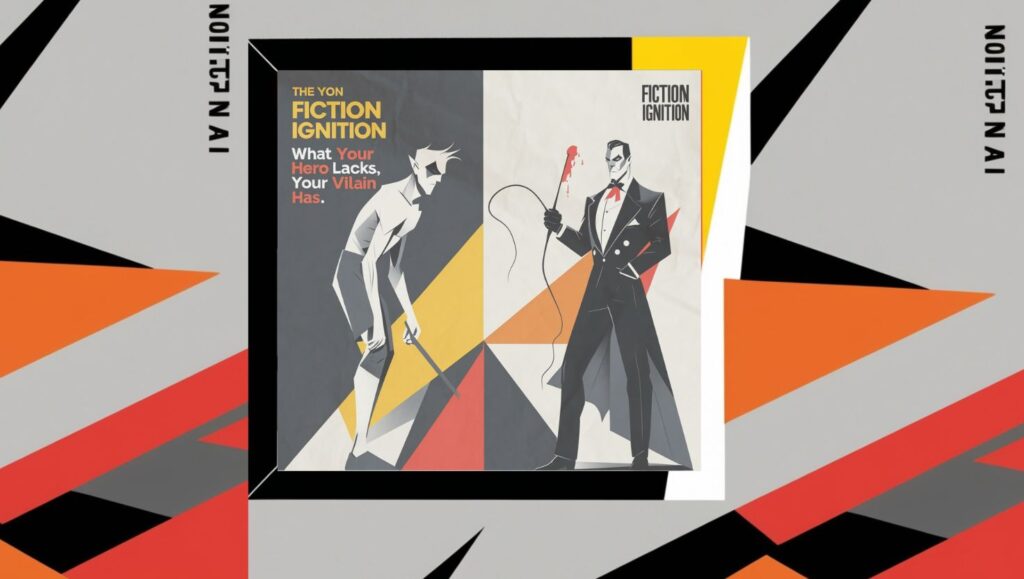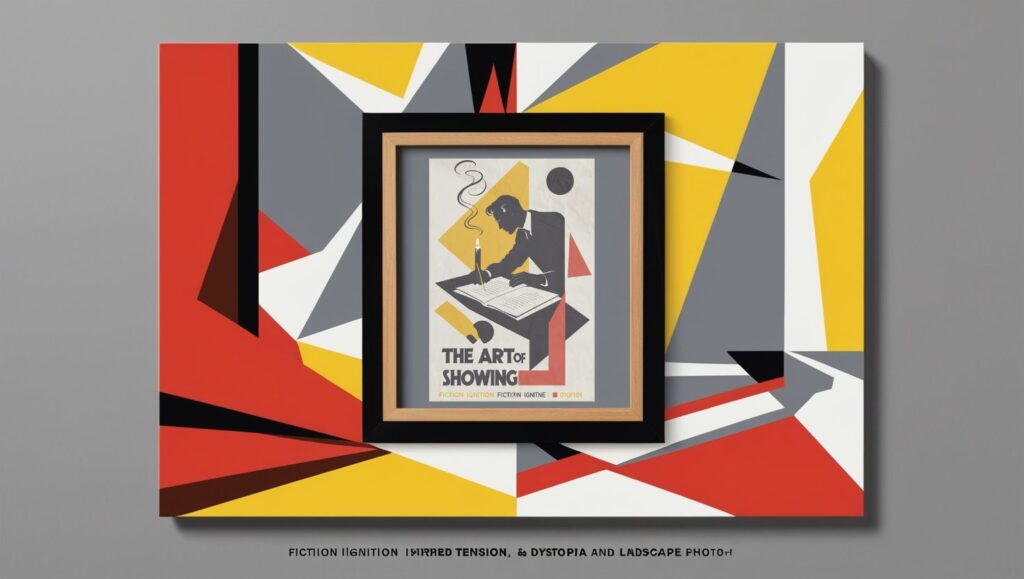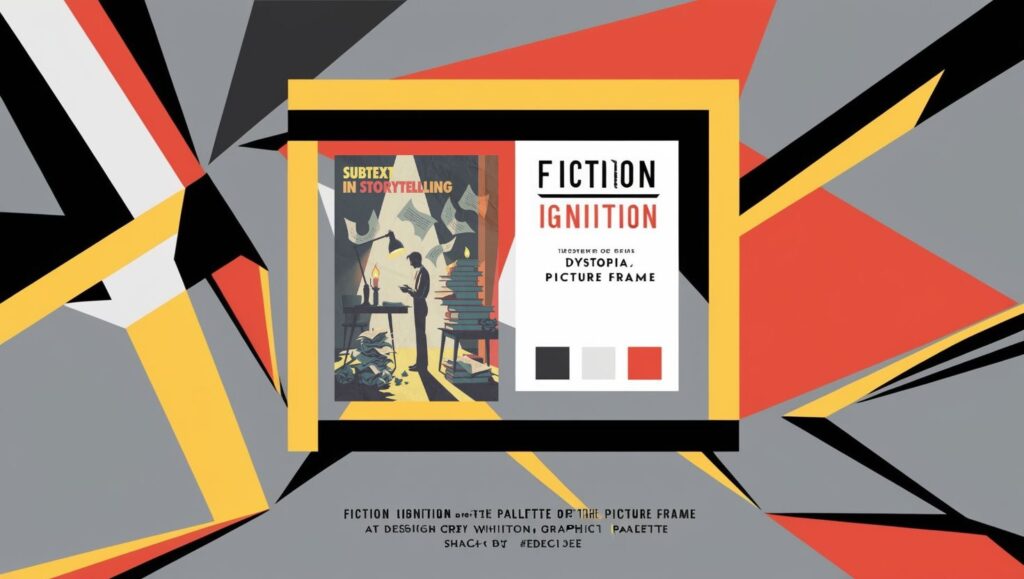1. Start With Intent
The first thing you need to understand is that every piece of dialogue should serve a purpose. And no, I’m not talking about that whole “just talking for the sake of talking” nonsense. Real-life convos are full of “Hey, how’s it going?” and “Can you believe the weather?” but that’s not how you make your dialogue crackle with energy. In fiction, dialogue needs to move the plot or reveal something about the character.
Think of dialogue like a mini performance. Even if the characters are just ordering coffee, there’s a bigger picture. Take The Catcher in the Rye by J.D. Salinger. Holden Caulfield’s dialogue isn’t just casual chatter. Every word he says reveals something about his alienation, his frustrations, his entire worldview. You can practically feel his sarcasm through the page. That’s the sweet spot.
2. Use Subtext, Not Just Words
Nobody ever says exactly what they mean. Think about your last argument. Did you really say, “I’m angry because you didn’t text me back,” or did you say something more like, “Oh, so you don’t have time for me anymore?” Yeah, I thought so. In real life, people hint, imply, and leave things unsaid. And that’s where the magic happens. If you want realistic dialogue, you need to embrace subtext.
One of my favorite examples comes from The Great Gatsby by F. Scott Fitzgerald. Look at the way Gatsby and Daisy speak—underneath their words, there’s a whole ocean of hidden emotion. Every “casual” line they exchange hints at their past, their desires, and their tragedies. You don’t need to spell it out for the reader, but you should hint at it. When a character is only saying what they mean, you’re missing an opportunity for depth.
3. Keep It Snappy—Less Is More
A dialogue exchange shouldn’t sound like a ping-pong match. You don’t need characters to go back and forth endlessly. Sometimes the most real, powerful dialogue is sparse. Ever notice how some of the best characters don’t talk all that much? Think about Holden Caulfield again—he’s got a lot of monologue, but when it comes to actual dialogue, it’s often short and to the point.
Ernest Hemingway is a great example of this. His dialogue is stripped down, direct, and often pregnant with meaning. Take this classic from A Farewell to Arms:
“You’re not married?”
“No.”
“You’re sure?”
“I’m sure.”
That’s it. It’s not “The entire meaning of life!” but you feel the tension, the uncertainty, and the connection between the two. It’s simple but packs a punch.
4. Let Your Characters Have Unique Voices
One of the hallmarks of great dialogue is that each character sounds distinct. No two people talk the same. Your character’s background, personality, and experiences should all influence the way they speak. That’s how you can avoid those painful “everyone sounds the same” moments.
If you’ve ever read The Outsiders by S.E. Hinton, you know what I mean. Each of those Greasers has a voice, a flavor that’s unique to their experiences and attitudes. Ponyboy Curtis’s voice is much more reflective and poetic, while Johnny is quieter, more vulnerable. This is crucial. If your characters all sound like clones of each other, your story will feel flat.
5. Throw In Some Imperfections—People Don’t Speak Perfectly
Don’t shy away from imperfections. Real conversations are filled with interruptions, stumbles, and slight changes in direction. If your characters speak in perfect, uninterrupted sentences, you’ve missed a huge opportunity for realism. People trip over their words, start a sentence and then abandon it halfway, and repeat themselves. All these little quirks make your dialogue come to life.
Take a look at The Bell Jar by Sylvia Plath. The protagonist, Esther Greenwood, often starts talking and then shifts her thoughts. It’s a reflection of her inner turmoil and her struggle to find clarity in a confusing world. These imperfections make her dialogue feel more real, and they bring her mental state into sharper focus.
Personal Experience Time
Okay, let me drop a little bit of my own writing journey into this mix. When I first started out, I struggled with dialogue. I’d make my characters sound all “proper” and articulate—because that’s what I thought sounded real. But the more I read, the more I realized that the best dialogue is often messy. I had to stop trying to make everything sound “perfect” and embrace the awkward, the stuttering, the unspoken thoughts that usually hang in the air.
Once I let go of that need for perfection, something magical happened. My characters started sounding more like people, and my stories started breathing. So if you’re stuck in that “everyone needs to sound like Shakespeare” trap, let me tell you this: break free! Don’t be afraid to let your characters sound human.
6. Balance Realism With Pacing
Look, real conversations can drag. You don’t want to write 500 words of “uh-huh,” “yeah,” and “so, what’s up?” Just because it’s realistic doesn’t mean it should be included. You need to keep your dialogue snappy and to the point while still holding onto that essence of reality. This is where pacing becomes key. You’re writing a story, not a documentary.
Think about To Kill a Mockingbird by Harper Lee. The dialogue may be authentic to the South in the 1930s, but it’s always propelling the plot forward. Even when people are just talking about everyday life, there’s always something important hidden in those conversations.
So, What’s the Takeaway?
To write dialogue that sounds real but isn’t boring, you need to:
- Start with intent—make sure it serves the story.
- Use subtext to add depth.
- Keep it snappy and punchy.
- Give each character a unique voice.
- Don’t be afraid of imperfections.
- Balance realism with pacing to keep it moving.
If you can do that, you’ll be well on your way to crafting dialogue that pulls readers in and keeps them there.
So, remember, until next time: don’t write, ignite!









